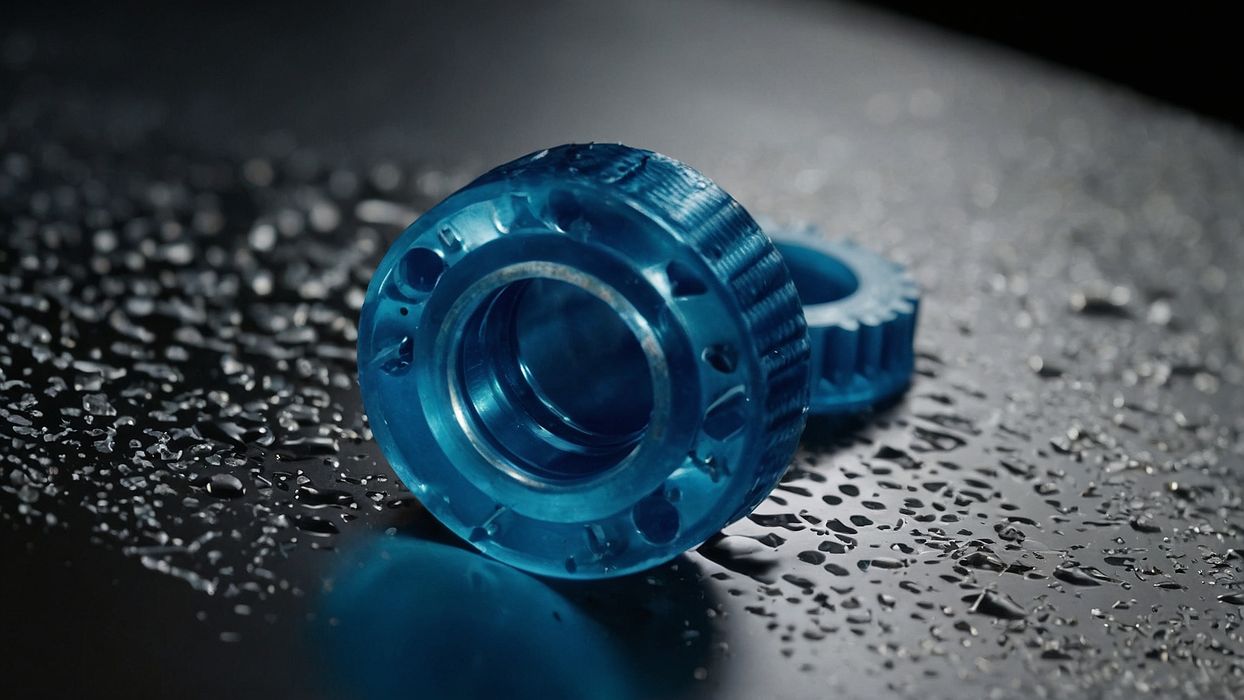
New research systematically compares effects of different shot peening parameters, including surface roughness, residual stress and strain profiles.
Despite their impressive specific static strength, aluminum alloys suffer from relatively poor fatigue properties compared to other structural metals. This issue is particularly prominent in additive manufacturing (AM), where fatigue can be exacerbated by inadequate surface morphology or internal defects.
Shot peening—a surface treatment involving bombarding a component with small, high-velocity spherical shots—can be effective in improving the fatigue strength of aluminum alloy parts, but until recently the mechanism by which it works was poorly understood.
Now, a group of Italian engineers has identified the effects of different shot peening parameters on fatigue behavior using a combination of experiments, fractographic inspections and fatigue calculation models.
Here are 5 key findings from their research:
- Surface roughness and microhardness: As one would expect, peening treatments increase surface roughness, with a discernible trend based on shot size. However, microhardness profiles also vary, with different treatments yielding slight differences in surface layer hardness.
- Surface roughness influence: Surface roughness significantly impacts fatigue strength, such that the researchers identified a linear relationship between the two.
- Residual stress and strain profiles: Residual stresses and strains depend on shot size, with large shots inducing higher values. Peening depth varied among treatments, with some exhibiting deeper compressive residual stress peaks.
- Fatigue crack initiation: Fractographic analysis revealed shallow initiation in treatments using smaller shots and deeper initiation in treatments with larger shots.
- Optimal peening depth: Shot peening that results in an in-depth residual compressive stress profile near the surface is more effective in improving fatigue strength than more intense treatments that produce deeper compressive residual stress peaks.
Perhaps most significantly, as the researchers write in the conclusion of their paper, “Overpeening at high coverage showed attenuation of near-surface compressive residual stress and does not result in further fatigue strength enhancement.”
Read the rest of this story at ENGINEERING.com
